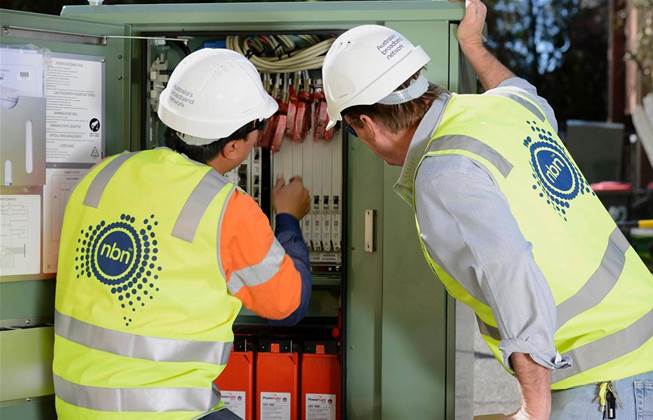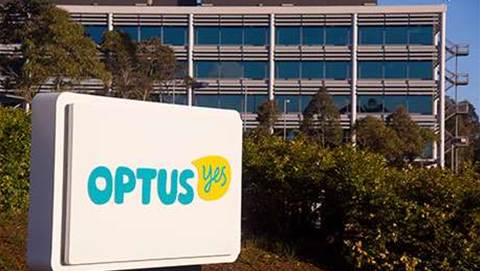User numbers on the once-default 100Mbps NBN tier that came with an (up to) 40Mbps uplink fell by the greatest percentage in almost two years in the quarter ended June 30.

Across all fixed-line access technologies, there are now just 346,221 100/40Mbps subscribers. Exactly two years ago, there were 639,857.
Numbers have been declining since NBN Co decided to introduce the 100/20Mbps tier, which it brands as ‘Home Fast’.
Cutting the uplink was seen as a way to fund increased connectivity virtual circuit (CVC) bandwidth inclusions that would make 100Mbps services look more performant, cheaper and attractive to users.
NBN Co retained the 100/40Mbps tier, with the improved uplink speed sold as an add-on speed boost.
But take-up of the 40Mbps uplink speed has been more or less in long-term decline, aided by retail service providers that make it difficult to purchase, or that decided to stop selling it altogether and are forcibly moving users to the 100/20Mbps plan instead.
The exodus out of the 100/40Mbps tier accelerated in the quarter to June 30, new figures released by the Australian Competition and Consumer Commission (ACCC) show.
Across all fixed-line technologies, the number of 100/40Mbps subscribers fell from 398,491 to 346,221 in just three months, a 13.12 percent decline.
The last time the quarter-on-quarter percentage decline exceeded 13 percent was for the three months ended December 31 2020.
 Compilation of 100/40Mbps subscriber numbers from two years of ACCC 'Wholesale Market Indicators' reports.
Compilation of 100/40Mbps subscriber numbers from two years of ACCC 'Wholesale Market Indicators' reports.An NBN Co spokesperson told iTnews that the ongoing declines are “commercially driven”.
“Most internet retailers have positioned 100/20 as their primary ‘100’ [Mbps] speed tier for their residential customers,” the spokesperson said.
“For some months, internet retailers have been proactively communicating to their legacy 100/40 residential base and downgrading their service to 100/20.
“The migration is not linked to network capability but is rather commercially driven.”
However, the migration to plans with lower uplink speeds was very much intentional on NBN Co’s part.
Its move to introduce highly assymetrical residential plans in the first place was a very deliberate demand-generation strategy and exercise to encourage users to upgrade to higher-tier plans, in part by producing constructs that made those plans cheaper.
And so, while the early exodus of customers from 100/40Mbps plans is likely to have been customers that did not have much need for uplink downgrading to 100/20Mbps to save a bit of money, the exodus more recently is more caused by RSPs withdrawing the 100/40Mbps plan entirely.
It’s not clear if NBN Co’s strategy may change again in future; it is very much focused these days on pushing its higher speed tier plans, and upgrading more of its network to support the higher (downlink) speeds.
Regulators have also taken interest in the absence of uplink speeds in broadband advertising.


_(20).jpg&h=140&w=231&c=1&s=0)







 iTnews Executive Retreat - Security Leaders Edition
iTnews Executive Retreat - Security Leaders Edition












_(1).jpg&h=140&w=231&c=1&s=0)



